Happy Meals were the brainchild of McDonald’s St. Louis regional advertising manager Dick Brams. When the kid-focused combo first hit the market in 1979, each box contained a burger, fries, cookies, soda, and a toy like a “McWrist” wallet or a “McDoodler” stencil. While the toys regularly varied, the food remained pretty much fixed until 1983, when chicken nuggets became an entrée option.
One of the biggest Happy Meal happenings took place in 1987, when McDonald’s began partnering with Disney. Well over a hundred different Disney characters have since appeared inside the boxes, including Mickey, Aladdin, and Nemo. Moreover, this commercial collaboration opened the floodgates for all manner of other cobranding with the likes of Legos, Transformers, Hello Kitty, and one of the most popular product premiums ever: Ty Teenie Beanie Babies. The small, squishy creatures first appeared in 1997 and were reprised in 2009 for the Happy Meal’s 25th anniversary.
Fast-forward to the present and perhaps the biggest Happy Meal change ever: McDonald’s has decided to remove cheeseburgers from the Happy Meal menu. Why would the company with a name that’s synonymous with burgers and renown for “billions and billions served” make a move analogous to Dunkin’ ditching donuts or Little Caesar’s shelving pizza? It’s all about trying to be healthier.
Most of us recognize that Happy Meals aren’t the most nutrition things kids could be eating. To put McDonald’s dilemma into perspective, a cheeseburger Happy Meal with small fries and a 1% chocolate milk has 700 calories, 27 g of fat, and 1,060 mg of sodium. Those are high levels for young children who are the primary consumers of happy meals and who need as few as 1,000 calories per day.
So, as the biggest restaurant chain in the U.S. by revenue (over $36 billion), McDonald’s is a natural target for concerns about childhood obesity, which has become a national epidemic. The Obesity Action Coalition states: “Pediatric overweight and obesity now affects more than 30 percent of children, making it the most common chronic disease of childhood.” Furthermore, the Centers for Disease Control and Prevention reports that fast food consumption “has been linked to weight gain in adults” and is “associated with higher caloric intake and poorer diet quality in children.”
Not surprising, this isn’t the first time McDonald’s has moved toward healthier Happy Meal options. In the early 2000s, the company introduced juice boxes, 1% milk, and apples with low-fat caramel dip. It reduced the size of Happy Meal fries to 1.1 ounces in 2011 and announced plans to limit added sodium and sugar in certain other items. In 2013, McDonald’s promised to more seriously promote sides of fruits and vegetables and to change the default beverage option from soda. The company also introduced a new brand of lower-sugar orange juice last fall.
As part of the latest round of Happy Meal makeovers, McDonald’s plans to serve a smaller size of fries with the six-piece Chicken McNuggets, make bottled water a featured beverage option, and reduce the added-sugar in its chocolate milk. Cheeseburgers will no longer be among listed Happy Meal options; however, customers will still be able to receive them upon request.
All of these changes are part of the company’s longer-term goal, which is to have at least half of all Happy Meals come in under 600 calories, with less than 10% of those calories from saturated fat or added sugar, and with under 650 mg of sodium.
Some people with unique insight into health-related matters believe McDonald’s plan is a good one:
“We think McDonald’s is raising the bar,” said Howell Wechsler, the chief executive of Alliance for a Healthier Generation, which advised the chain on the menu changes.
“This is an important step in the right direction,” commented Nancy Brown, CEO of the American Heart Association.
There is some precedent for such changes having a positive impact. McDonald’s reports that orders of soda fell by 14% after the item was removed from the Happy Meal menu. Meanwhile, the chain saw a corresponding increase in meals purchased with water, juice, or milk.
McDonald’s actions also appear to influence its competitors. Burger King, Dairy Queen, and Wendy’s followed McDonald’s lead by replacing soda as the default drink in their kids’ meals. McDonald’s reportedly receives more business from families with children than does the competition, but its peer impact is certainly not negligible.
Not everyone, however, is happy about the Happy Meal changes. Corporate Accountability, a national nonprofit and frequent critic of the restaurant chain maintains that a 600-calorie meal is still more than many young children need. Furthermore, spokesperson Alexa Kaczmarski suggests that McDonald’s actions are simply aimed at getting kids addicted to junk food for life.
New York University professor of food studies Marion Nestle offers a more moderate but still critical analysis of the restaurant’s moves, calling them “tweaking” and saying “it’s hard to convert junk foods to health foods in any meaningful way.”
Jennifer Harris of the University of Connecticut's Rudd Center for Food Policy and Obesity echoes these concerns as she describes the reality of what often occurs inside a fast food restaurant:
“If you're in a restaurant and your child smells french fries and sees the soda, it’s very difficult for kids to get the healthier choices . . . If you're a parent, do you risk having a meltdown or do you get your child what’s most appealing to them?"
Harris’ point is a compelling one: It’s one thing to offer healthy options, it’s another thing for a target market of kids, with understandably few health concerns, to choose such options, especially when all kinds of other food looks and smells more appealing.
Add onto that temptation the likelihood that the children’s parents aren’t eating very healthily either. Sure, some people go to McDonald’s and order salads, but the vast majority of parents probably sit across the table from their kids eating their own Quarter Pounder with Cheese and fries. So, even if dad orders chicken nuggets and a side of apple slices for Junior, Junior is already planning what he’ll eat when he’s old enough to order for himself.
People will always want some indulgences, but given trends toward healthy eating and better-quality options, the long-term future of fast food doesn’t look particularly promising. As I interact with members of Generation Z, most tell me they’d definitely prefer to eat at Panera or Chipotle, rather than the typical fast food restaurant. That preference doesn’t bode well for McDonald’s now, and it’s not likely to get better over the coming 5-15 years, as this next generation of young parents will have even less motivation to buy their kids Happy Meals.
McDonald’s is, in many ways, trying to chart a new path. That’s a tall order, however, even for one of the world’s most successful companies when its brand has been tied for so long to largely unhealthy food. I’m glad that McDonald’s continues to make menu changes, especially ones that may positively affect children. Unfortunately, it’s doubtful that the net impact will be proportionate to the company’s influence. It’s a tough call, but healthier Happy Meals still seem like “Simple-Minded Marketing.”
Learn more about the Mindful Matrix and Mindful Meter.
Check out Mindful Marketing Ads and Vote your Mind!

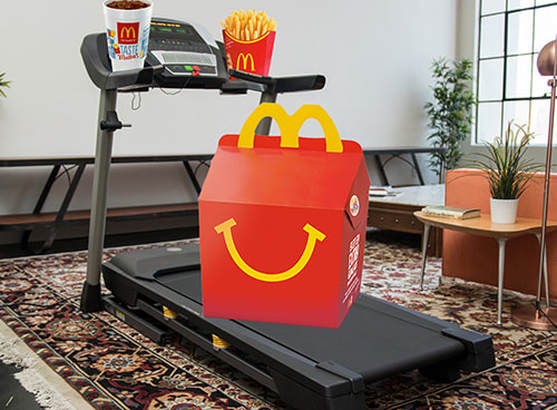
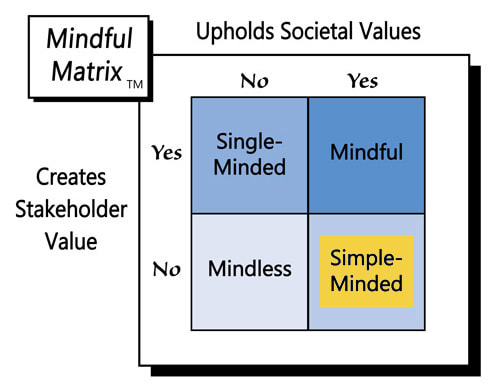
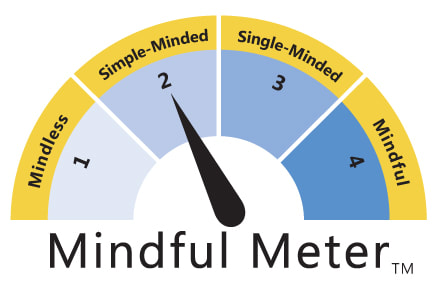
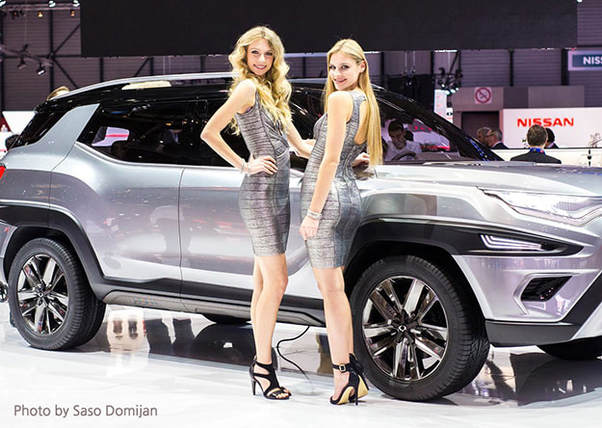
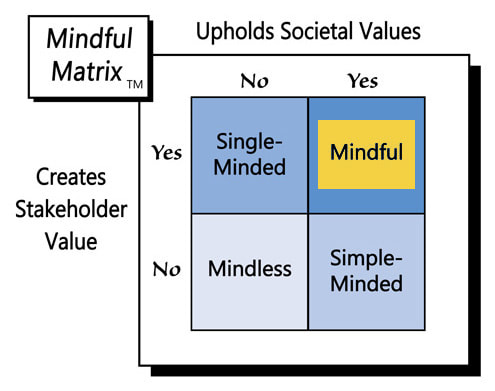
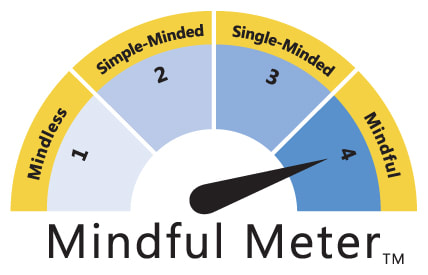
 RSS Feed
RSS Feed